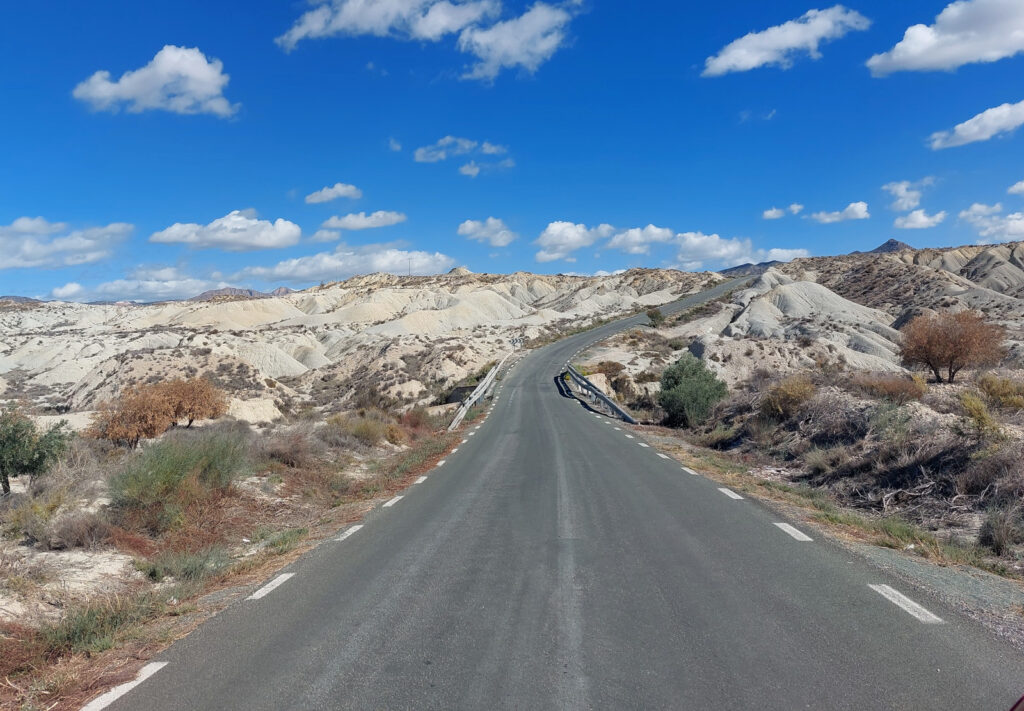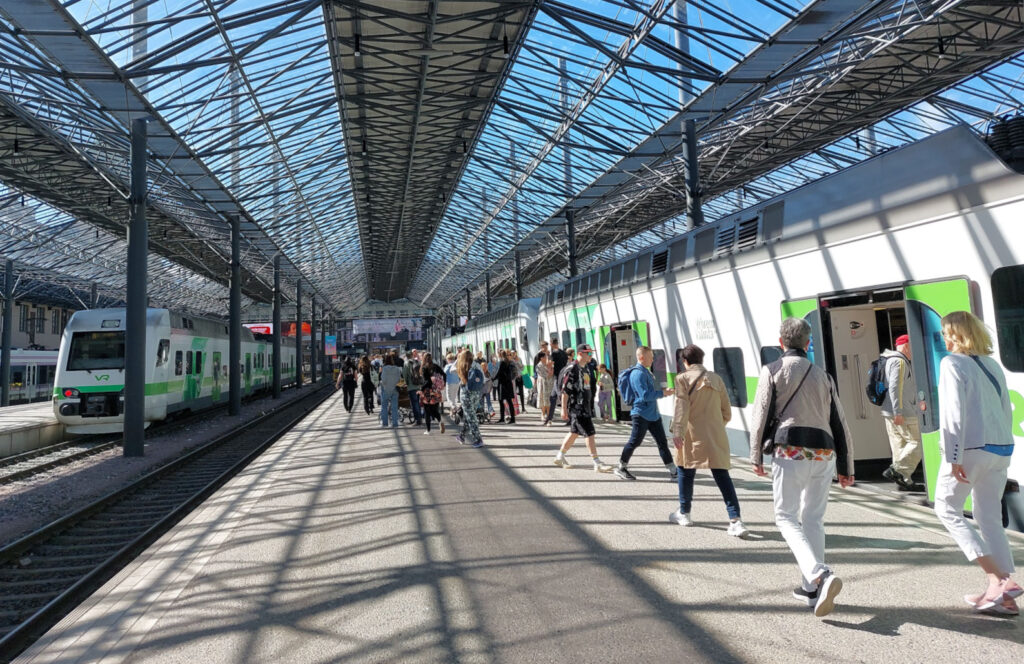
Even though the most famous tourist destinations are attracting more visitors than ever before, new trends are shaping how we travel and where we travel as well. A number of factors have emerged during the last few years that clearly have started to have an impact on travel, such as overcrowded destinations, residents complaining about dramatic increase of housing costs, and environmental aspects of travel. Euronews travel experts have analysed what is happening in travel in general, and concluded there are seven key trends for 2025.
Discovering hidden wonders
There has always been travelers who have preferred exploring off the beaten path destinations, but now it looks like less visited destinations are really getting more visitors. Expensive, overcrowded tourist traps are not expected to be the must-visit destinations during vacations anymore, but other destinations that provide different experiences are getting their share of visitors.
Walking through iconic scenes
Here is a travel trend that we haven’t tried yet: visiting locations of famous movie scenes. Of course, many films show the Eiffel Tower or Berlin Wall as a background in a scene, but perhaps it was the Lord of the Rings that was largely shot in New Zealand that triggered the idea to see the actual filming locations. Our hard core cycling colleague wants to know if ascending a mountain road that the Tour of France race frequently passes also counts as a sight?
Exploring travel’s high-tech future
No matter how fast or how far you travel you can’t escape artificial intelligence technology (AI). Many travelers search for information and recommendations for destinations to visit, and although there are excellent travel guides available and plenty of offline and online publications that share travel experiences, AI is expected to gradually change the information search task for travelers, too. Travel assistant applications, augmented reality, and many more apps will get an AI boost.
Chilling out in cooler climates
In summer of 2024, there were signs that cooler destinations attracted more travelers than ever before. As the word spreads how lovely beaches there are, for instance, along the coasts of the Baltic Sea it is easy to see that families who want to avoid excessive heat may increasingly choose cooler and less crowded destinations. Another group of travelers who are likely to seek cooler climate are people who want to have an active oudoor vacation, for instance, by cycling, hiking, kayaking, or playing golf.
Leaving more than memories
It is possible to see the world, meet new people, and learn about local cultures by rethinking the purpose of a trip. There are many ways to help local communities, protect the nature or do volunteer work.
Rediscovering slow travel by rail
For us, traveling by train is often the fastest way to move around, especially in many regions of Europe where distances can be short. Long distance travel by train is another thing, but it gives you an opportunity to re-think your travel plans. Why not enjoy the trip, and stop on the way to visit a town where you haven’t been before?
Gazing at the stars
Stargazing is possible wherever the sky is dark enough, and not blocked by city lights. Seeing Northern Lights (Aurora Borealis) is an experience of a lifetime that also requires dark skies. Although neither stargazing or viewing Northern Lights don’t require any specific place to see them – apart from dark skies and cloudless night – for instance, Arctic regions are becoming a destination for this type of travel.
The common denominators in the seven trends that are shaping travel habits and business are environmental impact of travel and crowded destinations. These two items are the root causes for travelers seeking more off the beaten path destinations, places where they can truly make a positive impact on the lives of local people, or avoid massively polluting methods of travel like flying.

